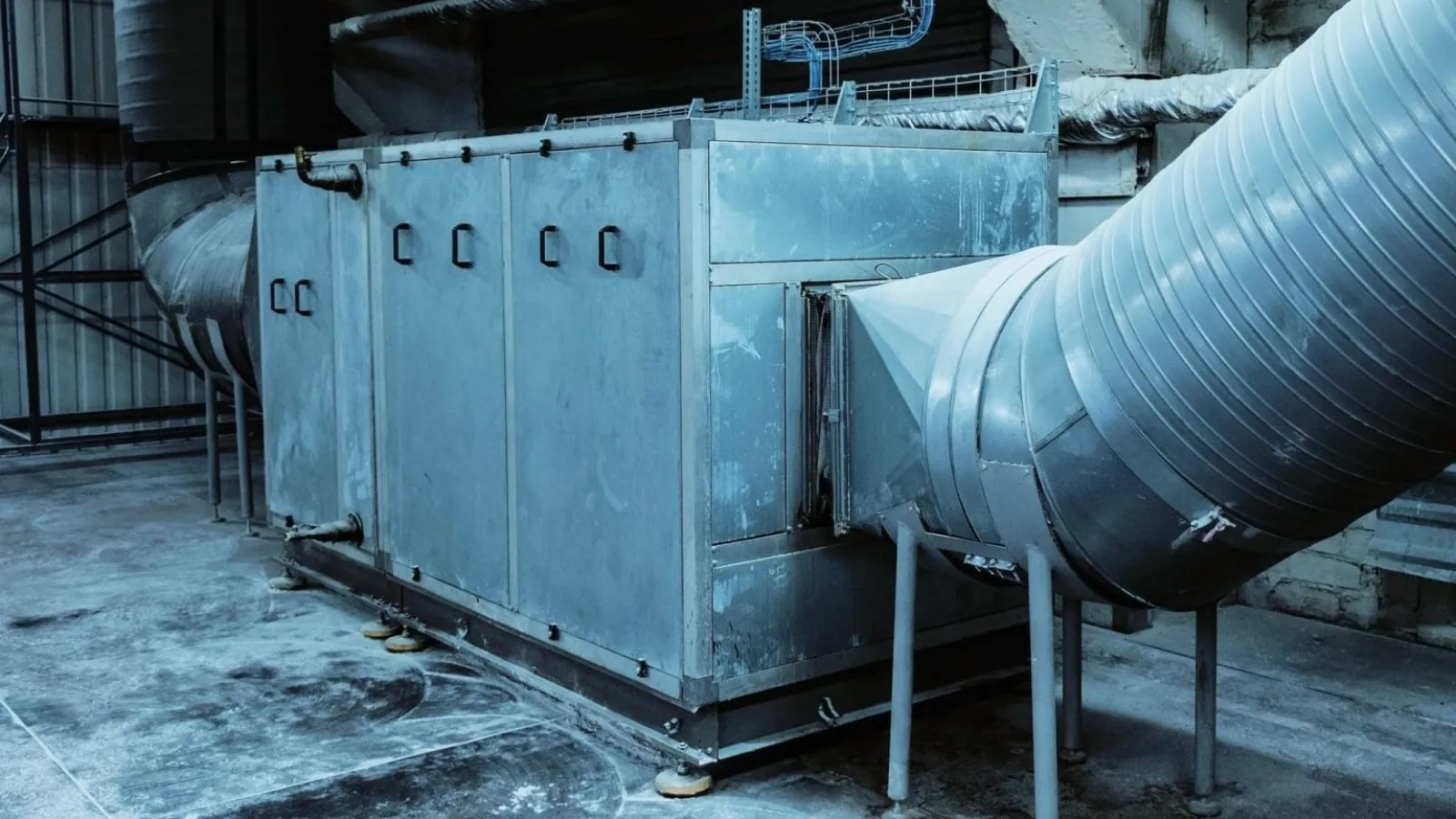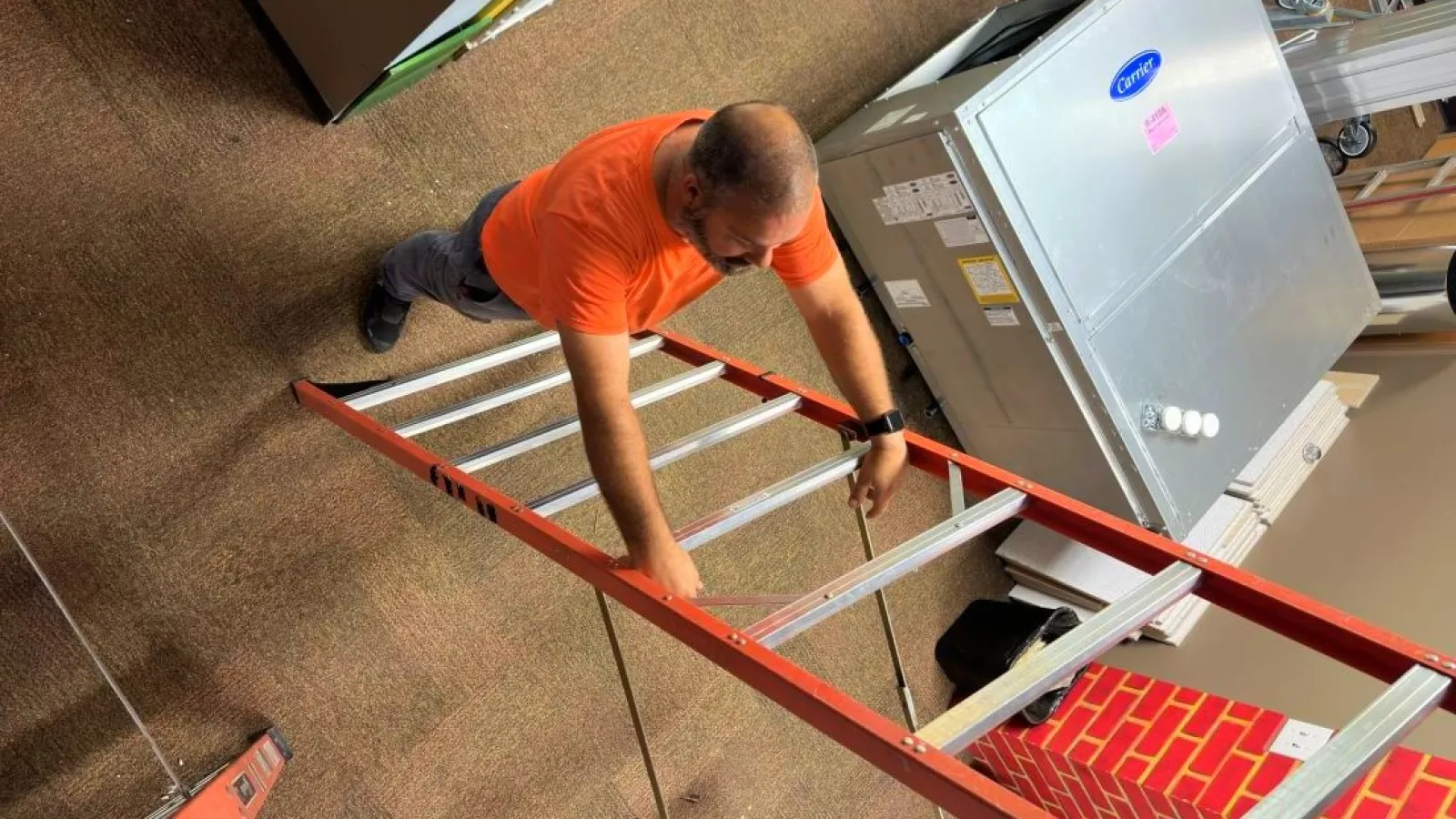For a commercial building’s HVAC system to function efficiently, all components need to be in good condition. Because commercial ductwork is responsible for the distribution of conditioned air throughout a building, poorly conditioned ductwork has a direct impact on system efficiency and operating costs. To get the most out of your facility’s HVAC system, it’s a smart investment to know when to replace commercial ductwork.
Estes Commercial explains the details you need to know about your building’s commercial ductwork system and when to replace it. If your building’s ducts are in need of an upgrade, contact us today to schedule a consultation with our NATE-certified commercial HVAC professionals.
What Is the Lifespan of Commercial Ductwork?
You may be lucky to see a lifespan of 20 to 25 years from your commercial ductwork. However, this is not a given – some ductwork starts to deteriorate in condition as it reaches the 15-year mark. Air leaks form as damage to the duct system is sustained and joints weaken over time, which allows for heating and cooling energy loss as well as unconditioned air infiltration that disrupts temperature control and air quality in the building.
Energy Losses through Commercial Ducts
A Building Commissioning Association survey of building engineers and professionals shows that about 75 percent of these professionals believe duct leaks result in substantial energy loss within a commercial facility, and this issue is present in most commercial facilities.
As much as 30 to 40 percent of conditioned air may be lost through duct leaks within a commercial building. Leaks develop through damage to the commercial ductwork, fallen sections of ductwork, improperly sealed duct joints, rust and other issues.
In addition to air leaks, ducts lose substantial heating and cooling energy when they run through unconditioned areas of a commercial building – perhaps as much as 40 percent. When ducts are in contact with unconditioned air, heat conduction results in energy loss through duct walls. These areas are typically not insulated as well, further contributing to energy loss. There is no thermal regain in the occupied spaces because lost heating and cooling from the ducts does not make its way back into these areas.
In some older commercial facilities, wall cavities were utilized as “ductwork,” allowing air to flow through the opening between wall joists, for example. This practice has proved highly inefficient as it results in significant air leakage. However, not all buildings have corrected this construction mistake.
Signs Your Ducts Need to Be Replaced
Energy losses through commercial ductwork systems are difficult to detect without duct leakage testing, though there are some warning signs that indicate your facility’s ductwork is in poor condition:
- Hot and/or cold spots in conditioned areas
- Poor indoor air quality
- Humidity control issues
- Excess dirt and dust throughout the building
- High heating and cooling energy bills
Work with Estes Commercial to Upgrade Your Building’s Duct System
When commercial ductwork contributes to great energy losses for your facility, replacing the ductwork is often the best choice – especially if the existing ducts have been in service for 15 years or more.
When planning for commercial ductwork replacement, rerouting sections of the duct system from its existing layout often proves beneficial. Routing ducts through conditioned areas and improving insulation helps the building minimize losses and retain more heating and cooling energy.
If commercial ductwork inefficiencies are costing your business big bucks, upgrading the ductwork improves overall HVAC system efficiency and reduces energy losses, resulting in significant savings. Call Estes Commercial today to have your facility’s duct system evaluated and receive an estimate for duct replacement.


